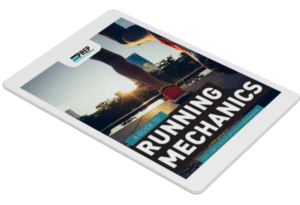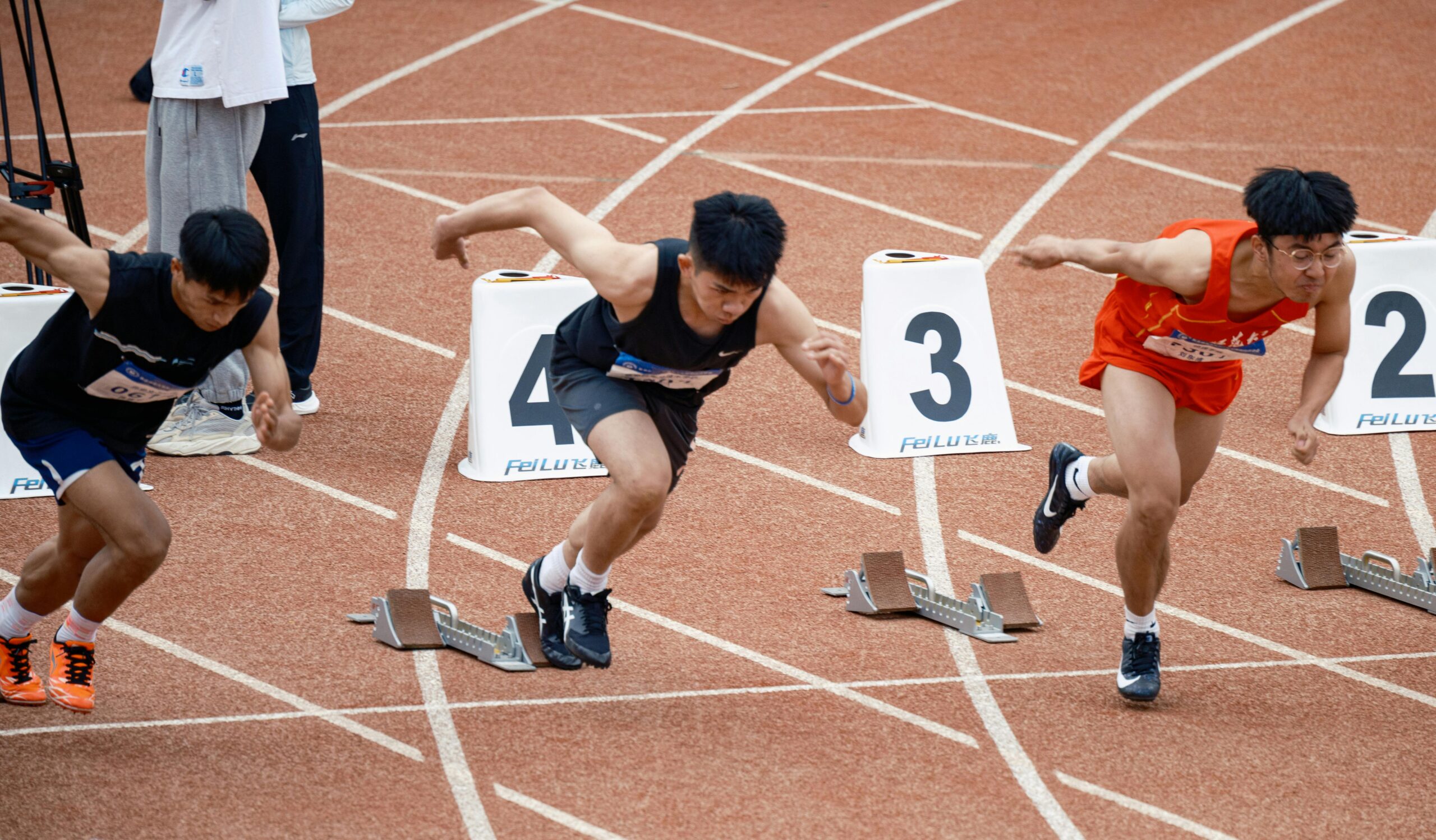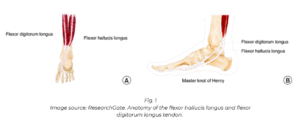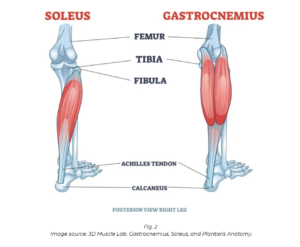When it comes to running performance, most athletes think about glutes, quads, hamstrings, and even core. But few consider the powerhouse tucked away at the front of the foot—the big toe. Also known as the hallux, this small joint plays a massive role in stride mechanics, force production, and injury prevention. Whether you’re a sprinter or a long-distance runner, understanding the windlass mechanism and the role of the big toe can unlock better performance and keep you running strong.
The Biomechanics of the Big Toe: Why It’s Crucial
During walking and running, your foot transitions through three phases: heel strike, midstance, and toe-off. It’s at this final push-off phase where the big toe takes center stage.
The windlass mechanism is the fancy term for how your big toe creates a stable and powerful foot during push-off:
-
When the big toe extends (bends upward) during push-off, the plantar fascia tightens.
-
This raises the arch and locks the midfoot, turning your foot into a rigid lever.
-
A stiff lever allows for efficient force transfer—critical for explosive running, sprinting, and direction changes.
If your big toe is stiff, weak, or unstable, this mechanism breaks down. Instead of a powerful push-off, you get energy leaks, inefficient strides, and more stress on the ankle, knee, and hip.
Key Muscles Behind the Motion
1. Flexor Hallucis Longus (FHL)
-
Origin: Posterior fibula
-
Insertion: Base of the distal phalanx of the big toe
-
Role: Flexes the big toe, stabilizes the arch, and helps with push-off power
2. Gastrocnemius & Soleus (Calf Complex)
-
Help control ankle dorsiflexion and contribute to plantarflexion during push-off
-
A tight or weak calf can limit proper heel lift and overburden the forefoot
Together, these muscles need to stretch, contract, and stabilize in perfect rhythm for optimal running mechanics.
Symptoms of Big Toe Dysfunction in Runners
-
Limited push-off power
-
Overpronation or flat feet
-
Pain under the toe joint (sesamoiditis)
-
Calf tightness or Achilles pain
-
Shin splints or medial tibial stress syndrome
-
Recurrent plantar fasciitis or toe cramping
Top 6 Exercises to Mobilize, Strengthen, and Support the Big Toe and Push-Off Chain
1. Toe Extension Stretch
-
Sit with your ankle crossed over your knee.
-
Gently pull the big toe into extension (toward the shin).
-
Hold for 30 seconds × 3 reps per side
-
Why it works: Improves windlass mechanism and plantar fascia mobility
2. Towel Toe Curls
-
Sit with your foot on a towel and try to “scrunch” the towel under your foot using your toes.
-
3 sets of 15 reps
-
Why it works: Strengthens the intrinsic foot muscles and FHL
3. Big Toe Isometric Presses
-
Press your big toe into the ground while keeping the rest of the foot flat.
-
Hold for 10 seconds × 5 reps
-
Why it works: Strengthens the FHL and reinforces arch stability
4. Eccentric Calf Raises
-
Stand on a step with heels off the edge.
-
Rise up with both feet, lower slowly (3 seconds) on one foot.
-
3 sets of 10 reps per side
-
Why it works: Builds control and lengthens the gastrocnemius and soleus under load
5. Wall Soleus Stretch
-
Stand facing a wall, back heel down, front knee bent.
-
Keep the back knee slightly bent to isolate the soleus.
-
Hold for 30 seconds × 2–3 sets per side
-
Why it works: Improves dorsiflexion range and push-off mechanics
6. Single-Leg Toe Off Drill
-
Stand on one leg, slowly shift weight to the forefoot and push off onto your toes
-
Pause at the top, focusing on big toe extension and calf activation
-
3 sets of 10 reps per leg
-
Why it works: Integrates foot, toe, and calf coordination for dynamic push-off
Final Thoughts:
While it may seem like a minor player in the grand scheme of running mechanics, the big toe—particularly its role in the windlass mechanism—serves as a cornerstone of efficient movement. It’s the final contact point in your stride, the pivot for propulsion, and a stabilizer for the entire foot-ankle complex. Neglecting its mobility, strength, or coordination can lead to energy leaks, compromised biomechanics, and overcompensation elsewhere in the body, particularly in the calves, knees, and hips.
For runners aiming to improve stride efficiency, avoid recurring injuries, or return to sport after setbacks like plantar fasciitis or Achilles tendonitis, restoring the integrity of the toe-calf system is non-negotiable. A stiff or underperforming hallux can derail the entire kinetic chain and limit athletic potential—no matter how strong your glutes or how conditioned your lungs may be.
By training the small but mighty components of the foot—like the flexor hallucis longus, gastrocnemius, and soleus—you create a solid foundation for explosive, pain-free performance. From marathoners to sprinters, smart athletes know: peak performance starts from the ground up.

Want to run stronger—right from home?
Download our FREE resource: At-Home Running Mechanics Guide
This guide walks you through essential drills and movement tips to improve your form, reduce injury risk, and boost performance—all without fancy equipment.
Click below to download the guide!
At PREP Performance Center, we specialize in personalized injury recovery plans designed to help young athletes safely return to sport and ultimately reach peak performance.



